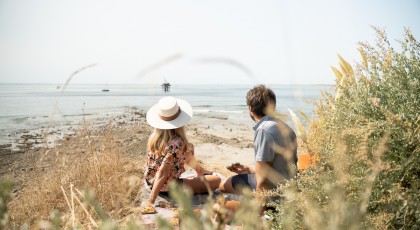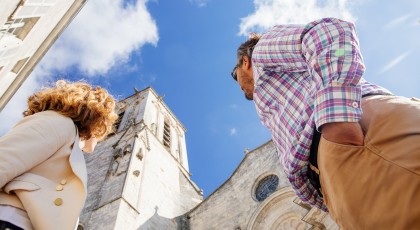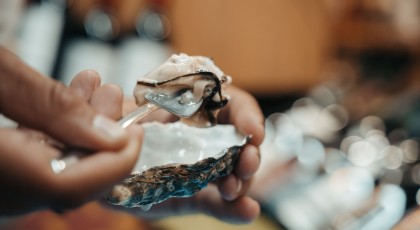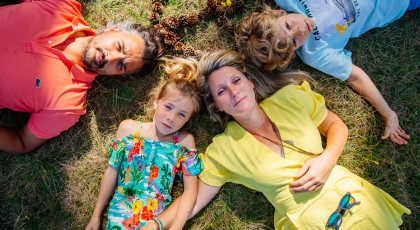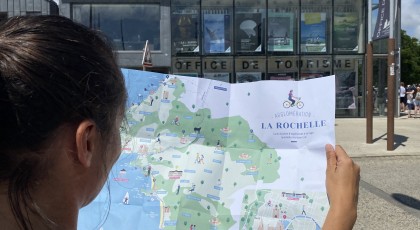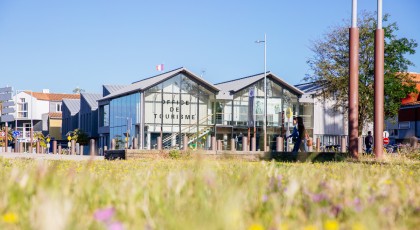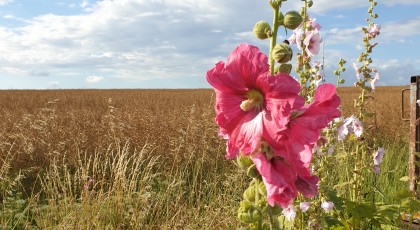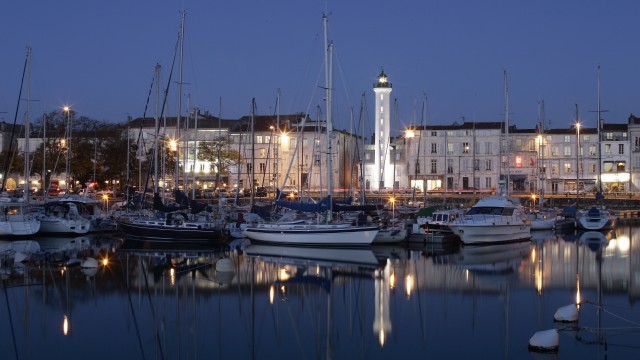Born from the sea…
The story from yesterday to today
Liberated from feudal control, La Rochelle made the most of its great liberties and privileges to develop its shipping trade thanks to the thriving wine and salt market. Once independent, it welcomed new ideas from the Reformation and established itself as the bastion of Protestantism. As a threat to the king’s unification policy, La Rochelle was destroyed during the Great Siege 1627-1628.
The sea obviously gave them a second wind, with regular trade relations to New-France (Canada) and the West Indies. It was the start of an intellectual and artistic influence and the heyday of the great shipowners, some of which sadly became renowned for being involved in the triangular trade. The revolution and the empirical wars meant the town went off the map for a while until La Pallice’s Port de Commerce (commercial port) was built, which today is France’s 6th biggest sea port.
From the 50s to present day, the town experienced a big population boom. New suburban areas sprung up and big developments were implemented with the aim to always keep La Rochelle beautiful, generous and innovative. Since the beginning of the 70s, La Rochelle stood out for its exceptional quality of city life: favouring renewable energy, valuing natural areas, preserving the landscape, protecting biodiversity and encouraging sustainable mobility. If you were to look up urban ecology in the dictionary, the definition would be La Rochelle.
La Rochelle achieves its sustainable and responsible development with projects that are both ambitious and well thought out. It is acquiring booming, futuristic infrastructures by reinventing its past, like in the case of the Espace Congrès, built in the old Encan area in 2004, La Sirène’s current music room, which was adapted from an old granary in Port de La Pallice in 2011, or even the expansion of Port de Plaisance des Minimes in 2014.
Follow the paths to Quebec
“The Quebec Route”
This path takes you through 17 stages of La Rochelle’s historical centre, exploring the history that links La Rochelle to Quebec. A northerly cardinal buoy standing at 3.5 metres in the Place de La Motte Rouge marks the starting point of your walk. As it’s interactive, it means you can visualise the whole route, with pictures and richly descriptive text.
Connect you here ici or come to take the plan and the paper guide to the Office of Tourism !
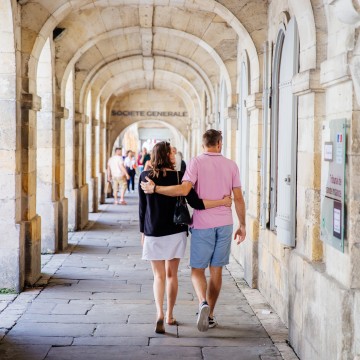
Walk under the arcades
The charming Veille Ville (old town)
One of the unique charms of La Rochelle is its arcaded streets, as its market culture is long rooted in the town’s history. The arcades allowed the traders to display their merchandise while sheltering them from the bad weather. They can be found on Rues des Mercier, Chaudrier, du Palais and du Minage. Don’t miss out on the chance to walk through the pretty Rue de l’Escale which is famous for being cobbled with stones that come from St-Laurent (Canada) and that acted as ballasts on the boats.
